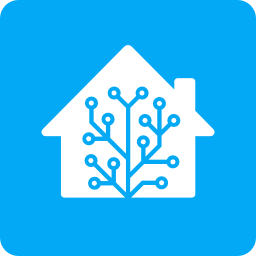

Oh no 😂😂 what version are you on now?
I remember a looong while ago when I broke my virtualized install by trying to update with too little virtual disk space, had to expand it and manually install the latest core from a shell within the VM. On another occasion the sqlite database completely filled up the virtual disk (I disabled automatic pruning of old data) and that was a pain to export… eventually dumped it into a dedicated MySQL installation and all was well after that.
I’ve seen that they now have A/B boot (similar to how Android devices do) so hopefully these are issues of the past





Quick update if anyone is reading this in future - the upgrade was successful!
Hats off to the HA developers and contributors - even though my install was completely unsupported, the updater pretty much sailed smoothly through everything.
It ended up taking several days to process all the database schema changes, along the way I did need to modify the MySQL InnoDB cache size from 128MiB to 1GiB (not the fault of Home Assistant at all - I didn’t set up MySQL correctly 😂) once that was done things significantly sped up.
Looking forward to all the new features HA has to offer 🙂